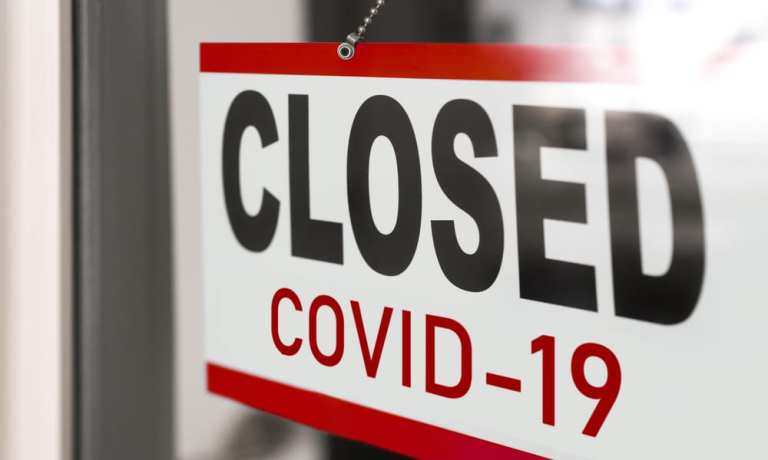
The cascade of Americans seeking unemployment benefits continues.
In the latest tally from the U.S. Labor Department (released on Thursday, April 23), 4.4 million more individuals filed unemployment claims, bringing the cumulative total to 26 million since the coronavirus forced businesses to start shuttering, temporarily or permanently, five weeks ago.
Now, it’s true that the latest report shows a declining number of claimants – in late March, a weekly reading showed that 6.6 million Americans filed for unemployment.
But then again, this might just be a relative lull. The New York Times reported on Thursday (April 23) that there are “continuing lags” in states’ processing of claims, as computer systems are simply overwhelmed. Get ready, then, for the backlog to work its way into upcoming claims data.
No one really knows what the landscape might look like for the next few weeks – already, the damage has been considerable. Roughly one in six workers are unemployed.
The Conundrum
Many have been thrown out of work because of state-mandated closures of all manner of businesses, curbs on travel and, of course, limits on public gatherings. As a result, the travel and leisure industries, retailers who rely on foot traffic and restaurants have been decimated.
In waiting for what might lie on the other side, in grappling with the rigors of daily financial life, individuals and families are getting (somewhat of) a boost from increased unemployment benefits.
As part of the stimulus package recently passed by Congress, people are eligible for an additional $600 per week – and as The New York Times reported, workers in more than half of U.S. states are eligible to collect more in unemployment benefits than with their previous salaries.
“I would never two months ago have ever thought of advocating for 100 percent income replacement,” Michele Evermore, a senior policy analyst at the National Employment Law Project, told the Times. “But then when the pandemic hit, it was very different. We needed a policy mechanism to do something that unemployment insurance doesn’t usually do, and that’s keep people home.”
It should be noted that this is a temporary scenario, as the additional benefits run out in July.
But herein lies a conundrum – in fact, a few conundrums. As noted, countless individuals are having trouble accessing the websites where they would apply for the benefit. In the meantime, without that weekly cash flow, individuals and their families are having trouble meeting basic expenses. This creates a lack of demand that would otherwise keep businesses – and, critically, the SMBs that power the U.S. economy – afloat.
In addition, the extra unemployment benefits may have an unintended ripple effect of making it even harder for firms – which would otherwise hire back workers (even at reduced hours or pay amid partial reopenings of the economy) – to keep running.
In some cases, workers can get more by not working than they returned to their old jobs. As reported by Politico, restaurants are finding that to be the case, which has led to a request that Congress create a special bailout fund for that vertical. “With the expanded unemployment benefits included in the stimulus bill, some workers can as much as double their weekly checks if they stay unemployed,” noted the publication.
The National Restaurant Association has told Congress that 60 percent of the industry’s restaurants believe lifelines such as the Paycheck Protection Program (PPP) simply don’t go far enough to keep staff on the payroll. The PPP loans would cover payroll for eight weeks, yet the unemployment boost runs for four months, indicating that a mismatch might mean the businesses will run out of cash before the staff does.
Thus: When workers have to (or want to) return to work, there may not be a place to which they can return.
As noted in this space on Thursday (April 23), the National Federation of Independent Business is lobbying for less restrictive terms, and wants the Small Business Administration (SBA) to eliminate or reduce the 75 percent payroll condition and extend the rehiring timeframe. They also want a funding round allocated for businesses with fewer than 20 people.
In the meantime, this week the Senate passed a relief package totaling $480 billion, which includes an additional $310 billion for the PPP. The measure now comes before the House of Representatives.
The latest PYMNTS survey of SMBs found that on April 6 (three days after the debut of the PPP), one in four SMBs still didn’t think their businesses would survive the pandemic, and four in 10 said they weren’t sure. Digging down a bit, dine-in restaurants said they would survive only 84 days even with government aid.
The refresh for those establishments, and for SMBs in general, may not be enough – not in terms of money or time.